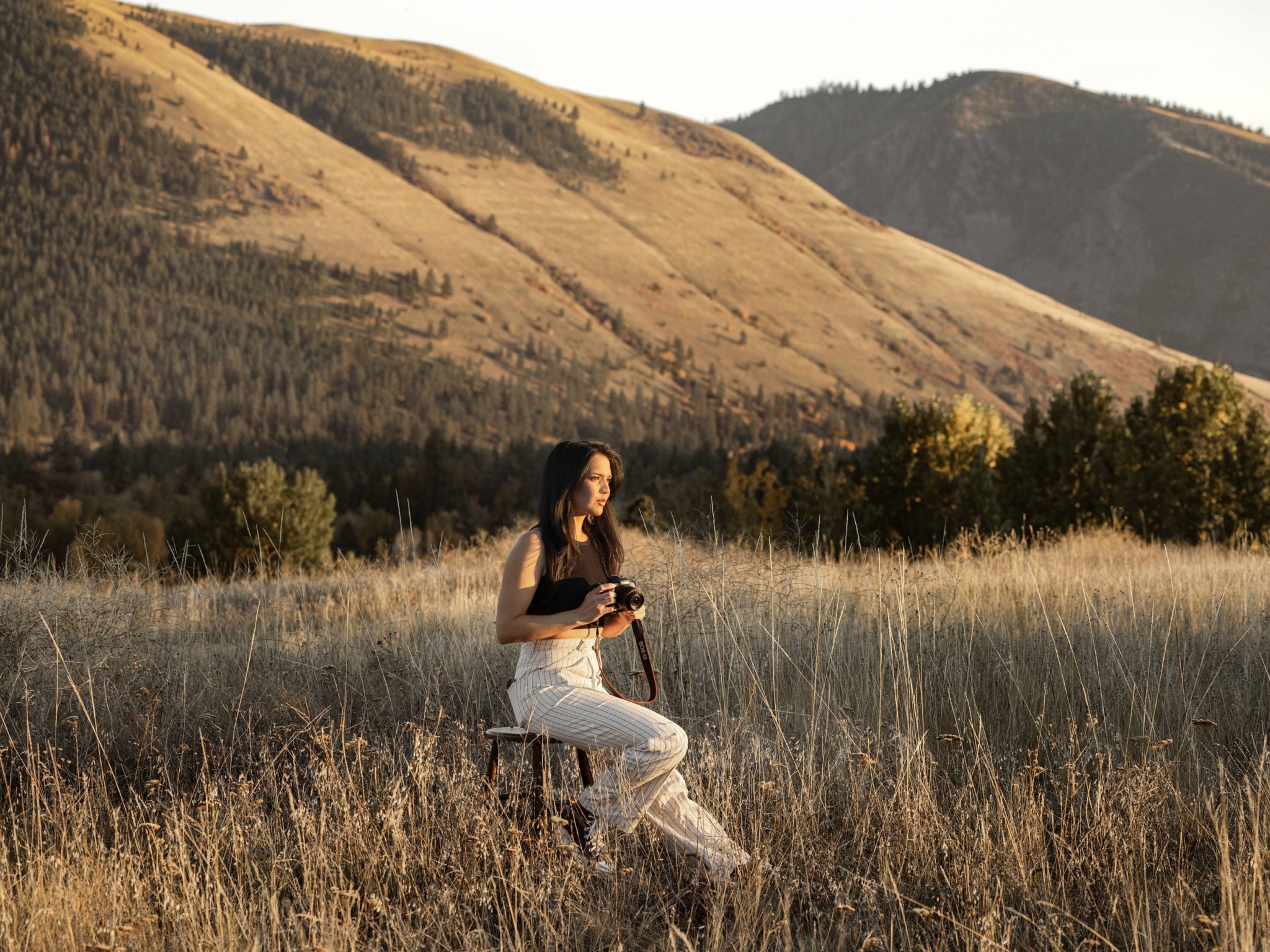We were lucky to catch up with Tailyr Irvine recently and have shared our conversation below.
Tailyr, thanks for joining us, excited to have you contributing your stories and insights. We’d love to hear about a project that you’ve worked on that’s meant a lot to you.
The project closest to my heart—the one that brought me the most joy—was a photo story on powwow fashion for The New York Times in 2022. That year, my tribe was finally able to resume its annual powwow after a long pandemic hiatus. It was a homecoming and exactly the kind of story I needed to tell.
The year before had been heavy. I spent so much time photographing stories centered on loss—capturing grief, attending funerals, and returning to isolation. It broke me a little. So when I picked up my camera again, I knew my next project had to be full of life.
Rather than the typical images of Native Americans dancing with stoic expressions, I wanted to bring powwows into a contemporary space—bright, dynamic, and bursting with color. I envisioned the story in the New York Times Style section, focusing on the intricate details of regalia, the personal expression woven into every stitch, and the way our outfits grow with us. I had so much fun talking with dancers about the meaning behind their pieces—learning which elements were passed down through generations, seeing children proudly debut new regalia with pieces fromt he outfits they had outgrown during the pandemic.
This story was more than just fashion– it was about identity, tradition, and the joy of coming home. And I feel incredibly lucky that I got to share it.
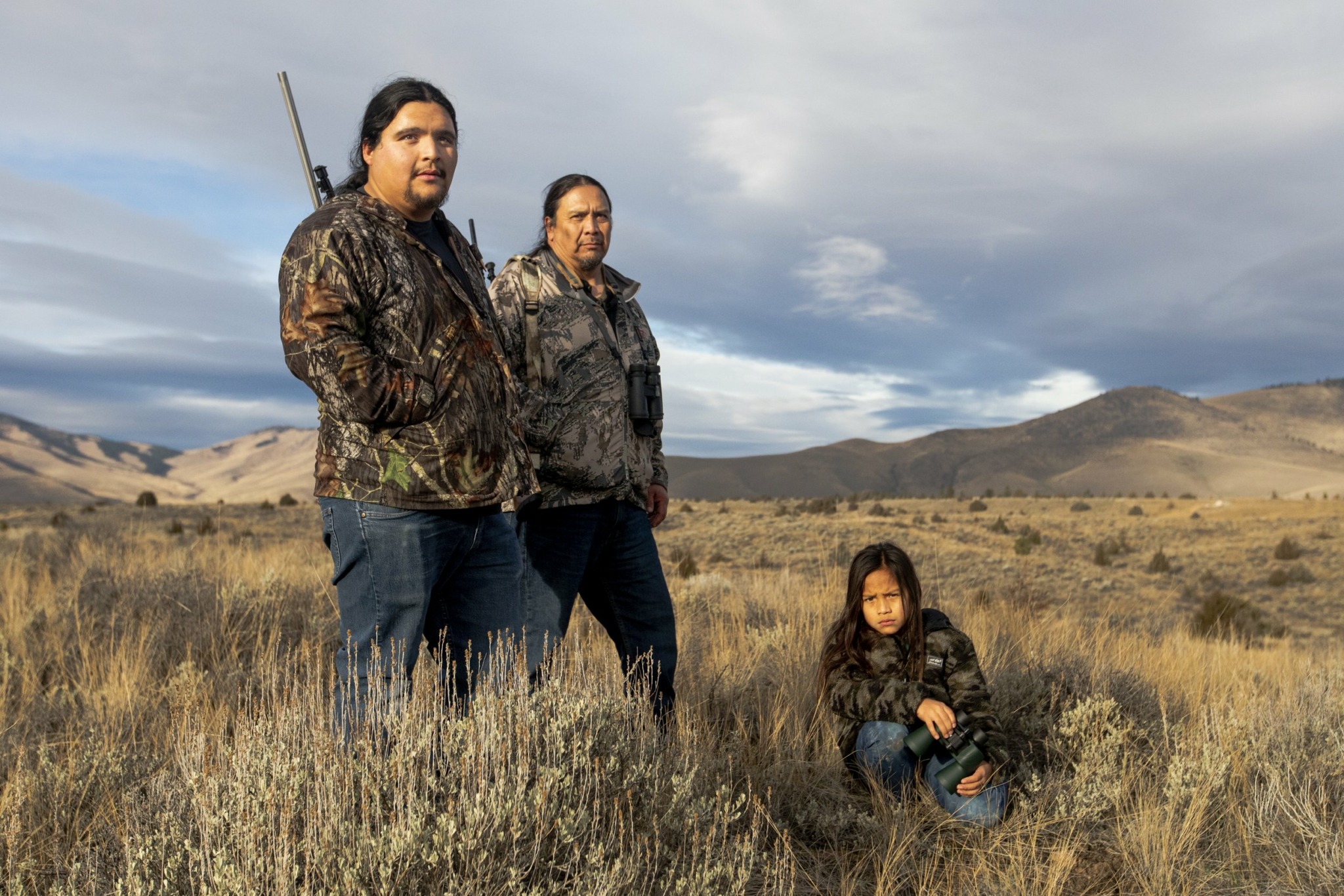

Great, appreciate you sharing that with us. Before we ask you to share more of your insights, can you take a moment to introduce yourself and how you got to where you are today to our readers.
I am is a Salish and Kootenai journalist born and raised on the Flathead Indian Reservation in western Montana. My work focuses on providing in-depth representations of the lives and complex issues within the diverse communities that make up Native America.
I am a co-founder of Indigenous Photograph, a global database dedicated to support the media industry in hiring more Indigenous photographers to tell the stories of their communities and to reflect on how we tell these stories.
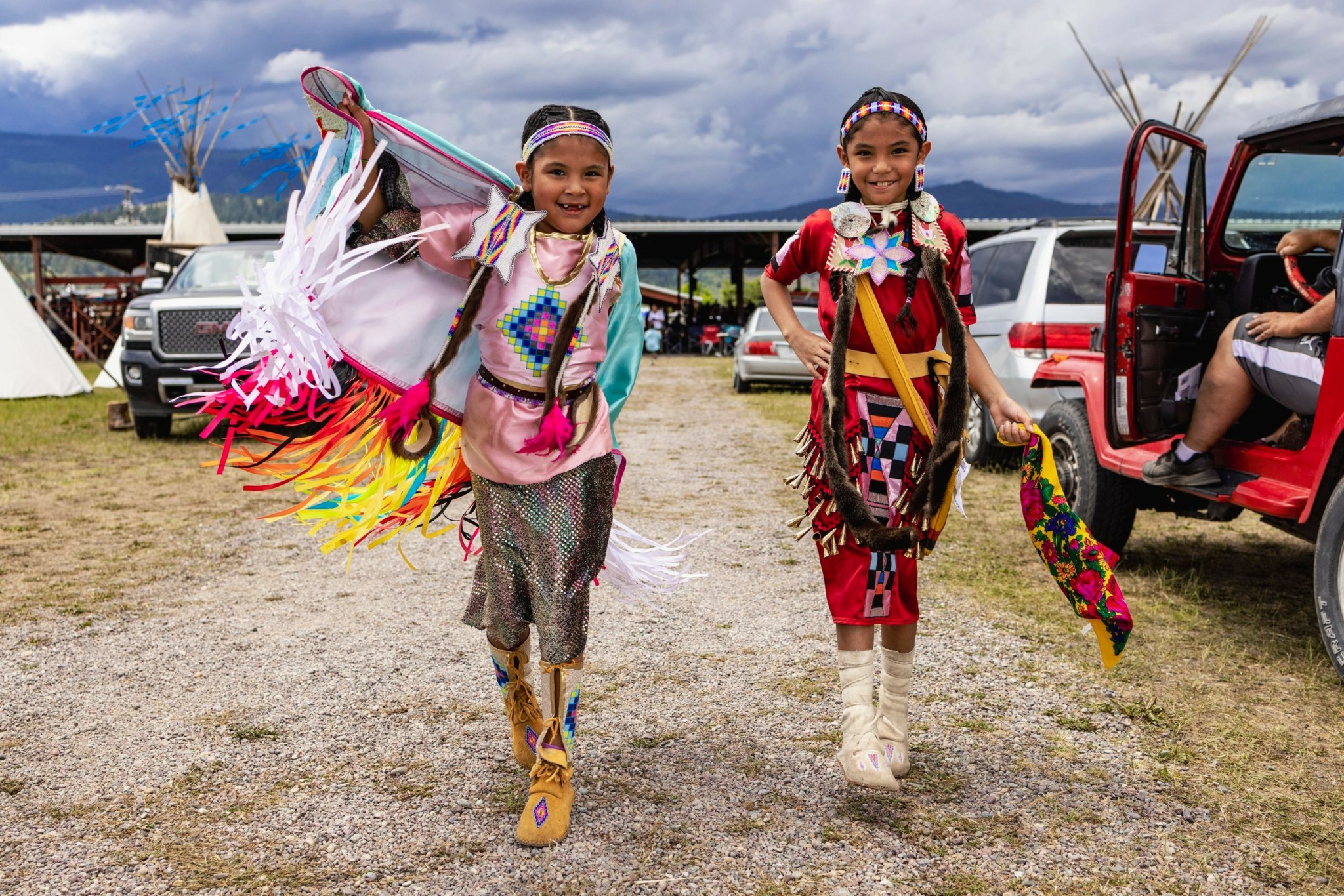
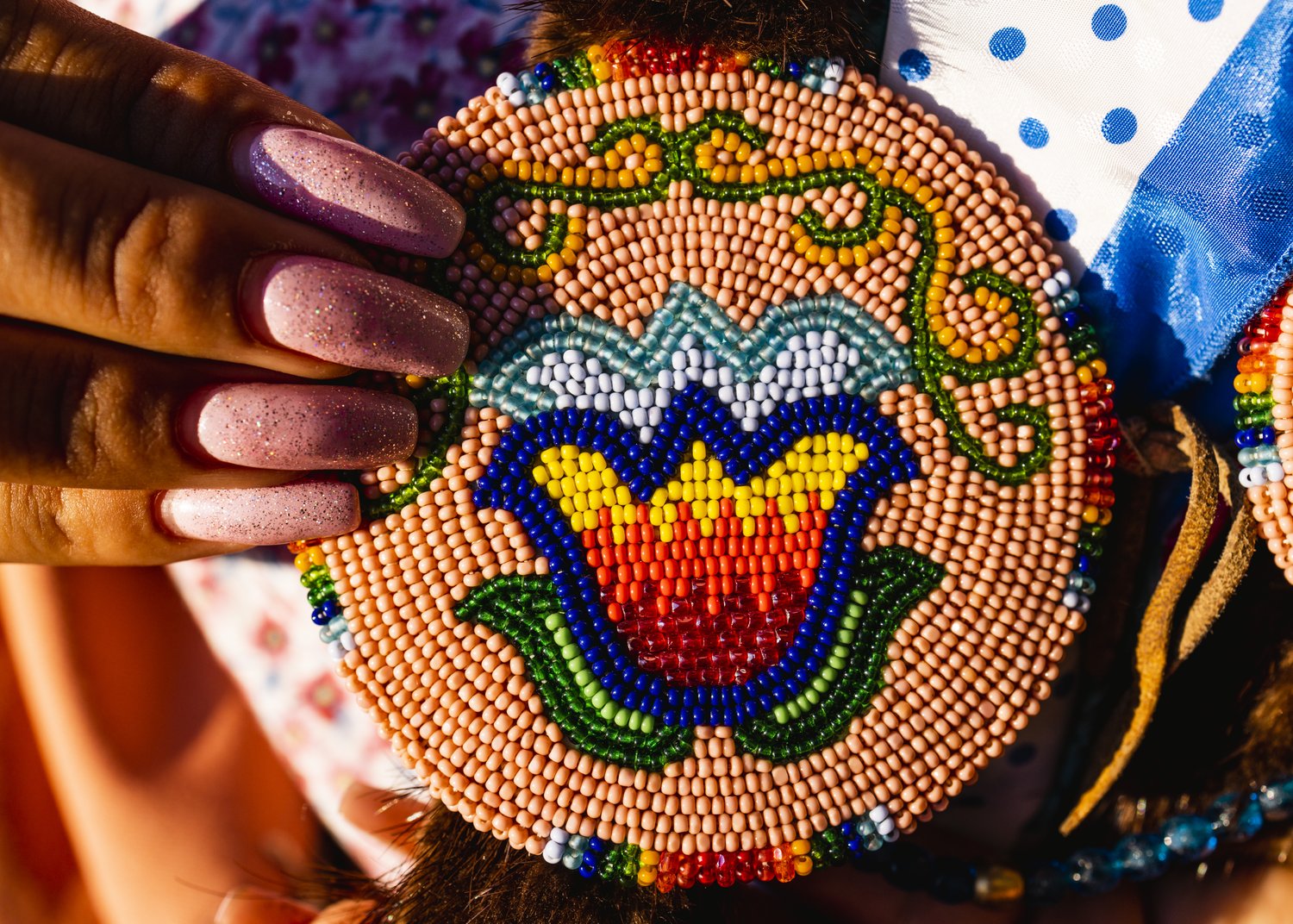
Have you ever had to pivot?
The pivot from a daily newspaper to a freelance journalist was terrifying. I was broke—no savings, no credit card, and not a clue how to “go freelance”. I decided to go fully independent when ESPN offered me a dream assignment: a story about issues I deeply care about on the Blackfeet Reservation in Montana. I was excited until I learned I’d have to cover my travel costs upfront—flights, rental car, hotel—with reimbursement coming later. I couldn’t afford it and I was devastated.
Embarrassed, I told the editor I had to turn it down. Instead of moving on to another photographer, she found a way to cover the costs through the company’s travel agent. That assignment kept me working for a year and a half, and the money I made from it gave me the cushion I needed to keep going. That opportunity is why I was able to fully invest in freelance. The money from that allowed me to take the next assignment and gave me the funding to pay for the expenses and it was really pivotal in my career.


Is there mission driving your creative journey?
My mission as a photographer is to provide accurate, meaningful representation of Native communities—stories that go beyond stereotypes and bring contemporary Native life into focus. Growing up, I rarely saw my tribe or reservation covered in the media, and when we were, it was often inaccurate or harmful. That absence fuels ignorance, and Native people feel the consequences of that every day.
I chose journalism to change that narrative. I want my work to challenge misconceptions, highlight the issues our communities face, and document the strength and innovation of my generation. Photography has the power to connect people across cultures—anyone can look at an image and feel something, no matter where they come from. My goal is to add another Native voice to the media landscape, to ensure our stories are told with depth and honesty, and to make it just a little easier for the next Native journalist who follows.
Contact Info:
- Website: https://tailyrirvine.com
- Instagram: https://instagram.com/tailyrirvine
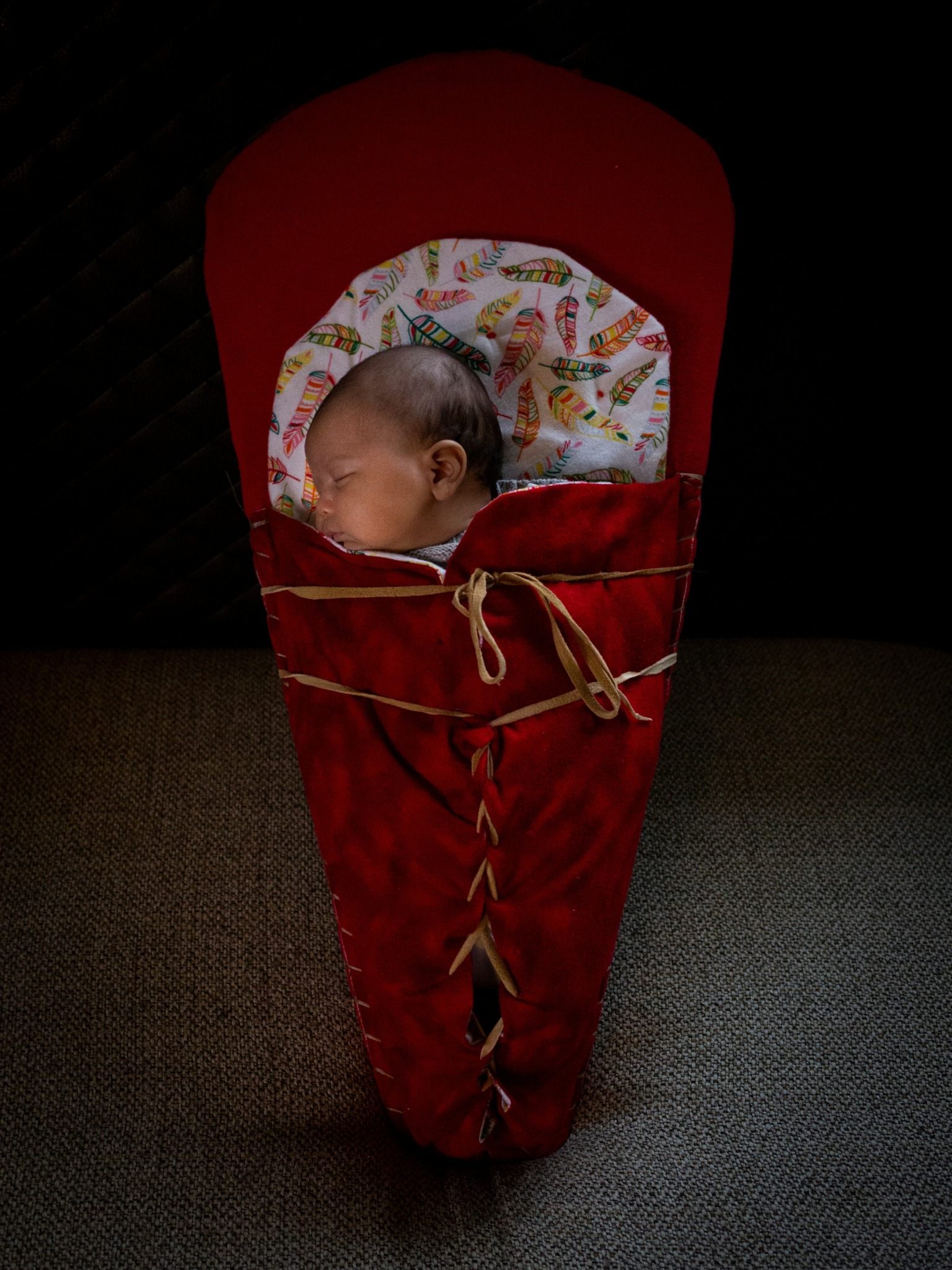

Image Credits
Tailyr Irvine
Headshot (Rebecca Stumpf)


